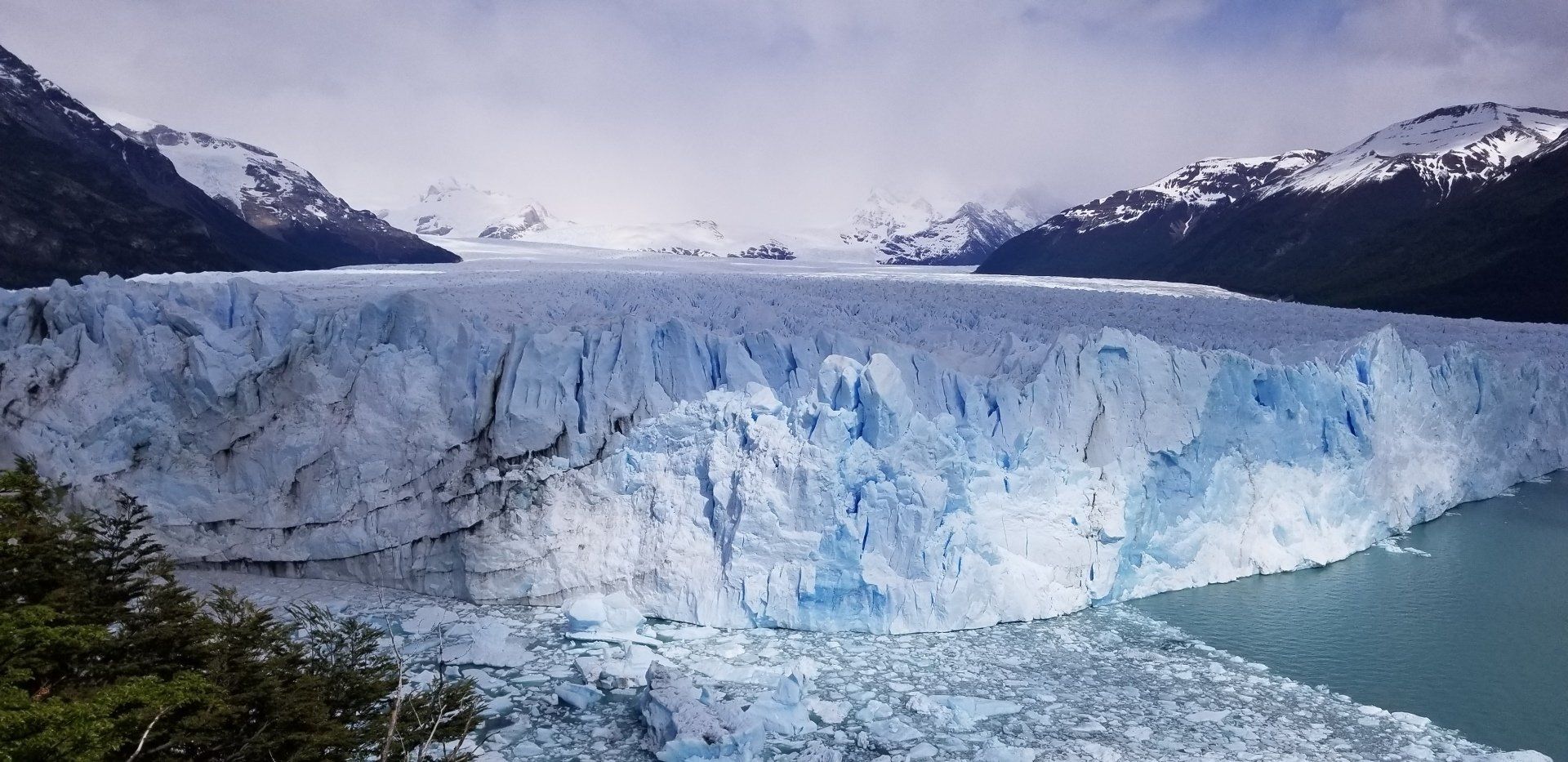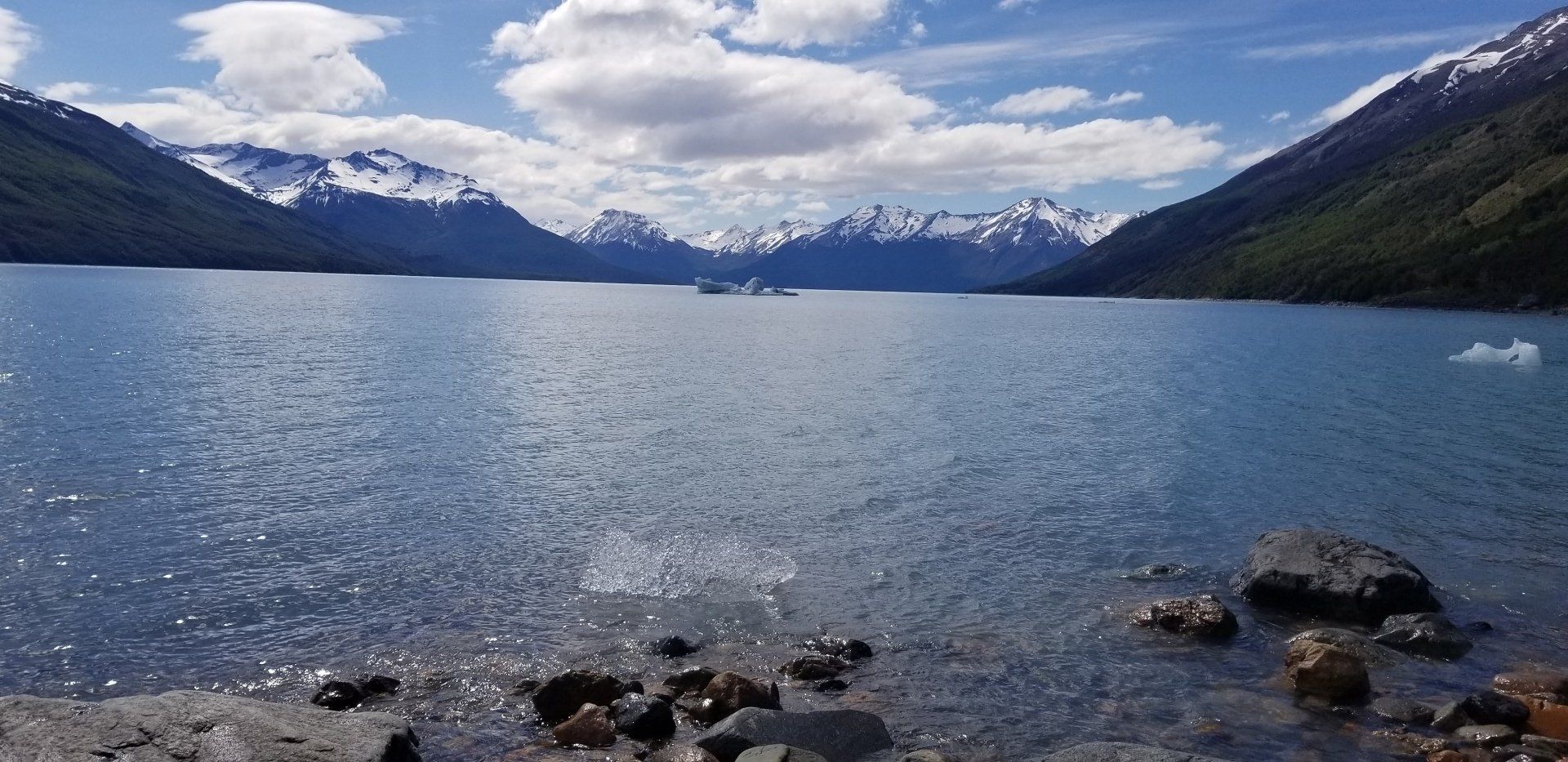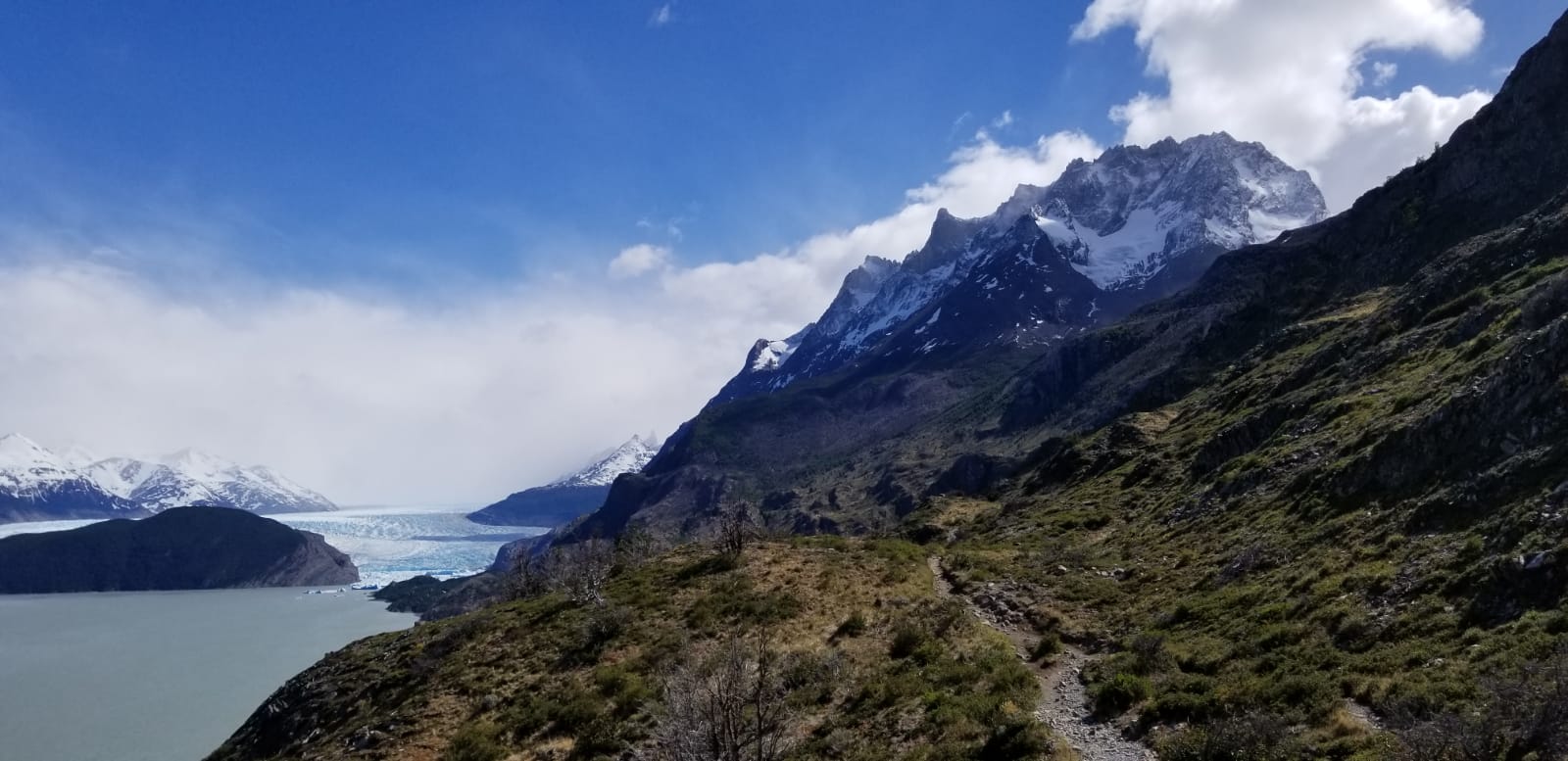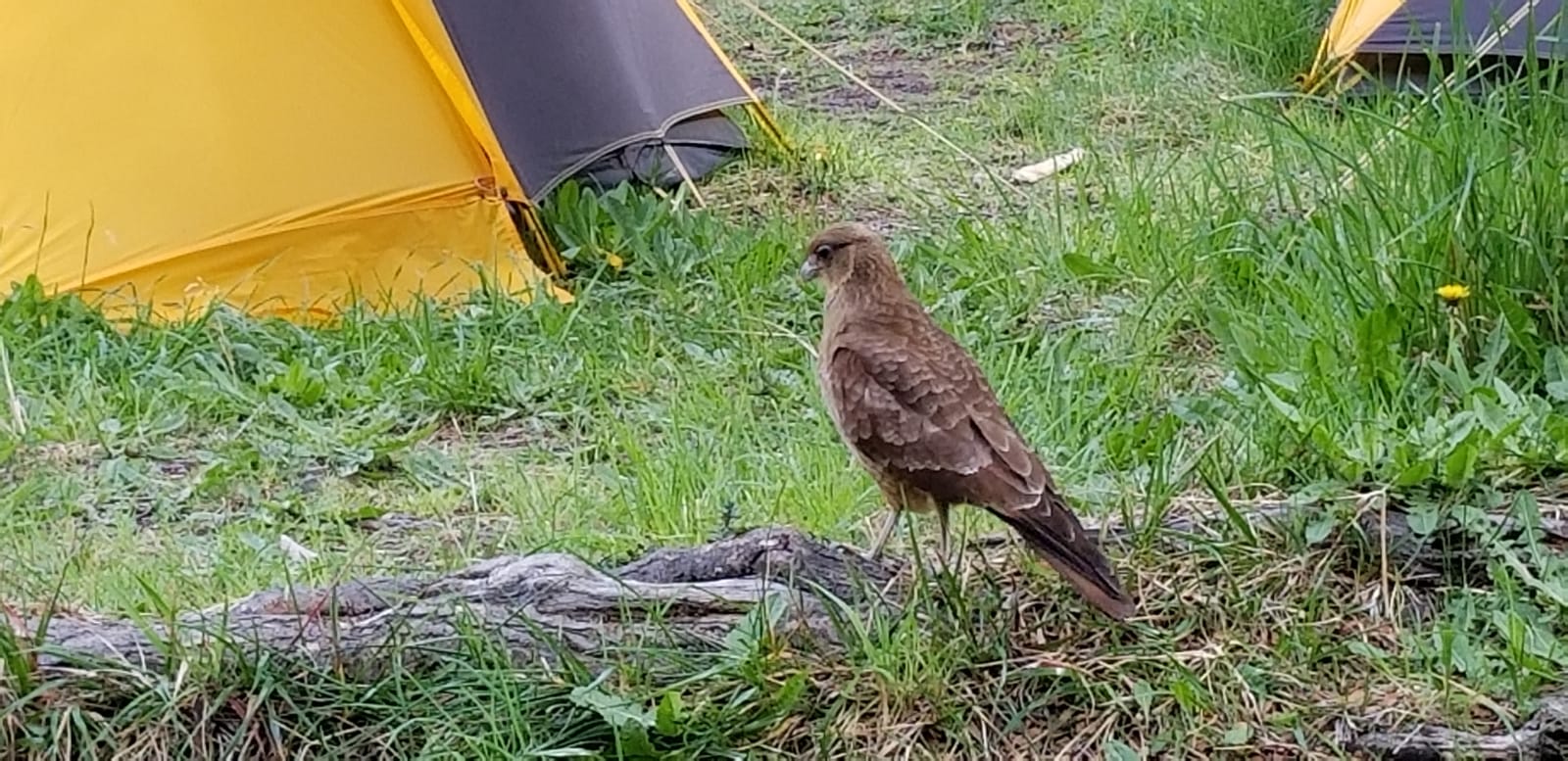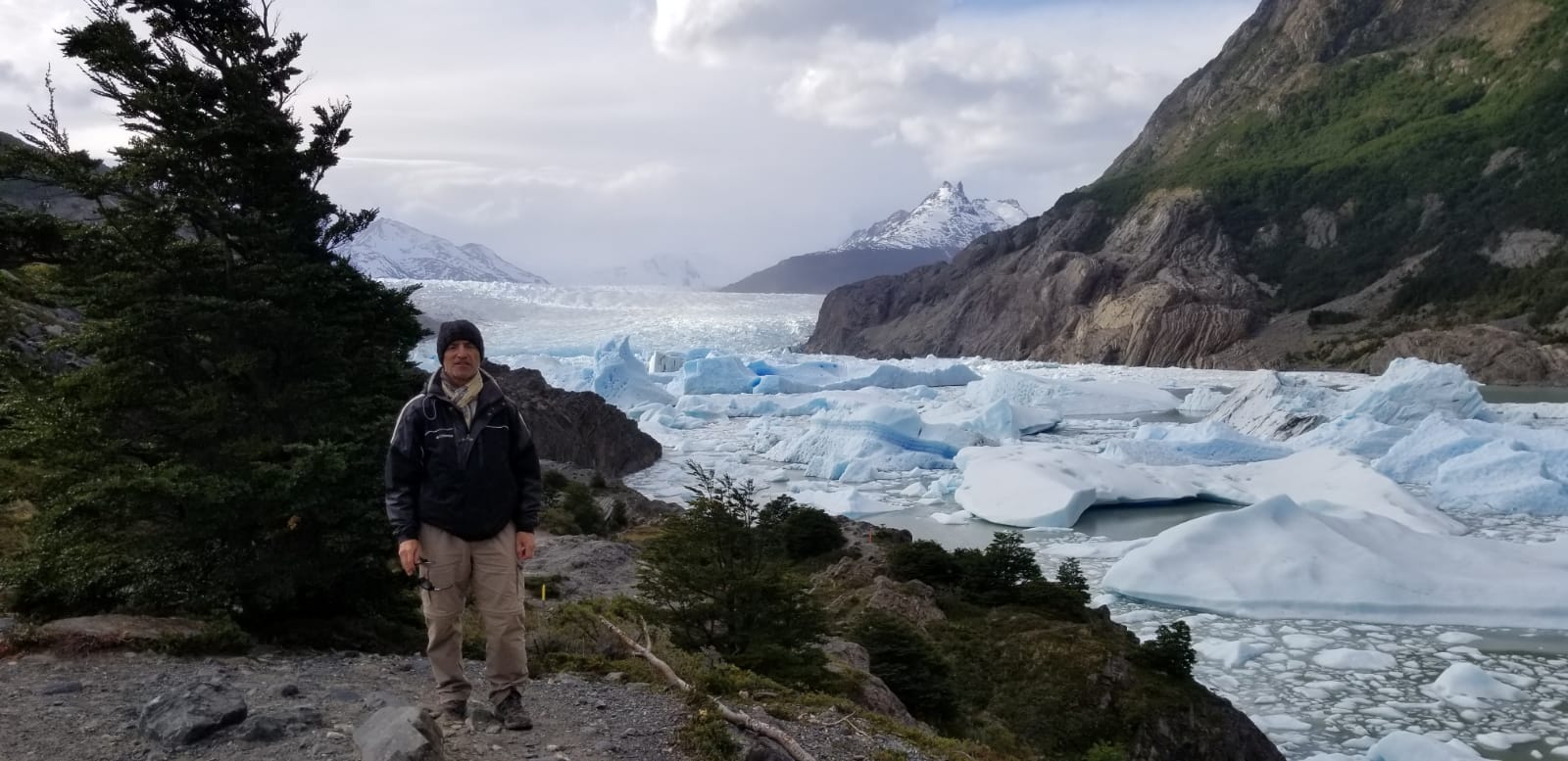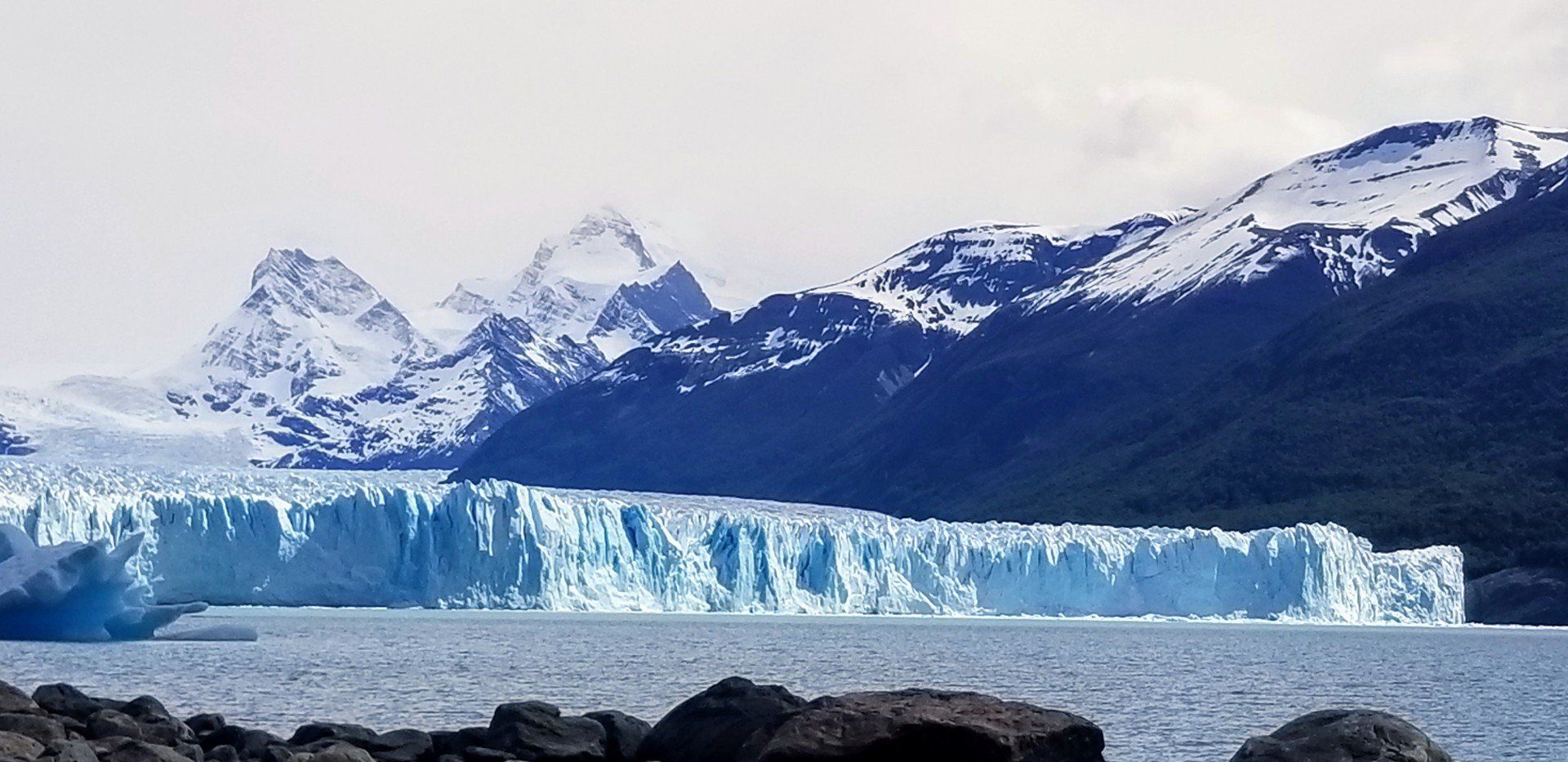A PATAGONIA DIARY - PART 3
PHOTOS BY RICHARD BARZAN
As usual, I was the first to awaken. I wasn’t sure who was in the bunk below me but I knew that my friend Rick was in the top bunk on the other side of the small dorm room and that below him was a stranger; someone else who had arrived late in the night, long after I had fallen to sleep.
I carefully descended the bunk’s rickety ladder, making as little noise as I could, and left our second story room. I walked to a window at the end of the hall and looked out over the slumbering town of San Carlos de Bariloche -- the only locale in our entire Patagonia travels that qualified as an actual city. But it wasn’t a huge city -- somewhere around 100,000 inhabitants -- so it slept at night and was sleeping now, at five o'clock on a still, chill morning.
From the window, I watched a flock of harrier hawks as they circled a nearby multi-story building in the early gray light. Raptors of all types (eagles, buteos, accipiters and falcons) had been common throughout Patagonia but it was the harriers, caracaras and vultures (including the lord of all birds, the Andean Condor) that struck the deepest chord within me as being quintessential South American birds of prey.
I watched the harriers for a while and then descended the stairs to see if Francisco had coffee ready. Fran, as he called himself, was an amiable, heavily tattooed Argentine who very capably managed his uncle’s hostel. He was also the guy who made the morning coffee and who was, therefore, my favorite person on planet Earth for the three days we stayed at his “Jazz Hostel.”
Fran was also a skilled musician, spoke nearly fluent English and was one of several Patagonia locals I met who dreamt of moving to the United States. In Fran’s case, I hoped he might get his wish as he possessed a rare sincerity and earnestness and I enjoyed the conversations we had before the other guests awoke and settled down to eat at Fran’s amply supplied breakfast table.
I really didn’t make much effort to meet people during our travels through Patagonia. It wasn’t just the fact that I don’t speak Spanish (while Spanish is the dominate language, many of the locals speak English and, throughout Patagonia it is also possible to find Italian and German speakers, given the waves of immigrants from Europe who had settled in the region after the second World War). Rick spoke passable Spanish and decent Italian so he very capably took care of most of what was needed in the way of communications.
Occasionally, I would yak a bit with a fellow traveler --someone from Australia or Ireland -- for example but usually, we were on the go and I had a hard enough time just keeping up with Rick, never mind stopping to “chat it up” with some stranger. Besides, most of the English speakers we encountered were young -- in their 20’s and 30’s -- and I really didn‘t want to look like the old guy trying to prove he can still hang with the youths and do the things that they do.
But I did wonder how so many young folks could even afford to explore lands so distant from their own. Sure, many were doing it on-the-cheap, just like Rick and I, but still, they sure had first-rate gear, including all the latest in the way of backpacking, climbing and skiing equipment and apparel. Trust-babies, perhaps, checking another “must-see” destination off their list. No matter, they had as much of a right to see it as I did, or anyone else for that matter.
And yet I must say, that over the recent years I have heard more and more people proclaim as follows: “I’m not interested in acquiring more things, I have enough things. What I want now are experiences.” When I hear folks say that, I can’t help but think: “Well sure, those of us in the Affluent World have every material thing we could possibly want by now. So naturally, it’s time to take our consumerism to exotic locales and sip gin-tonics on the beaches of the Seychelles Islands. Or, for the more adventurous, to bag a few peaks in Nepal, Burundi or, ahem, Patagonia….
All of which would be fine if it didn’t occur with an accompanying level of wear and tear on the planet. I’ve heard it said that two of the most significant things anyone can do to help reduce their adverse environmental impacts are as follows: 1) minimize travel via fossil-fuel consuming means of transport and 2) don’t eat meat. Pretty simple to say, and, pretty hard to put into practice -- especially when our standard of living (affluence) continues to rise and we find that we can more easily afford filet mignons and vacations to distant lands.
Well, now that I’ve gotten my own hypocritical behaviors off my chest (if not my conscience), let me get back to our travels through Patagonia. Who knows, perhaps, as I now attempt to describe one of Nature’s most sublime marvels, I will provide a bit of perspective as to how it is that we can profoundly love Nature, yet find ourselves helpless to do right by her in any meaningful way.
So, let us now consider the glacier: that mass of ancient ice that seems almost to live and breathe like an animate being. Rick and I witnessed the majesty of Patagonia’s glaciers in several of the region’s wildlands -- including in two of Patagonia’s most famous National Parks: “Los Glaciares” (in Argentina) and “Los Torres del Paine” (in Chile).
I remember early on in our travels, when we were hiking in some rugged mountains approximately eight trail-miles from the town of El Chalten, we encountered our first views of some of the park’s glaciers. Rick, who is in much better shape than I, was, as he would be through-out the entire trip, about a quarter mile ahead of me. He was hiking up an open but fairly steep pitch and had stopped when he reached an overlook.
When I caught up with Rick at the overlook (him, now well rested and me, gasping for breath), he had a look of utter serenity on his face. As I regained my wind, I too, quickly realized that we were in the presence of something vast and awe inspiring. Before us spread mile after mile of jagged mountains and rocky valleys -- here and there studded with pockets of smaller sized, peripheral glaciers and then, further out, in fact, far beyond, was what we thought must be Viedma Glacier. Put simply, the Viedma Glacier is a titan, a behemoth. It is, to be specific, 375 square miles -- the largest in Argentina and the second largest in South America.
After several minutes of total silence, Rick looked at me and said something to the effect of: “It makes us seem rather small and insignificant, doesn’t it?” I could only nod in agreement; my wind was back but I was still totally speechless. Rick continued along the trail, which now ran along a ridge and, eventually, I followed.
Elsewhere on the trip, we continued to be amazed by glaciers; some massive, like Perito Moreno (larger in area than the city of Buenos Aires) and others relatively small but still with their own names. You see, after Antarctica, the southern Andes (which run north/south through the region of Patagonia) harbors the largest area covered by ice in the southern hemisphere. Additionally, the Southern Patagonian Ice Field is the third largest ice field on our planet after Antarctica and Greenland.
It is only fitting that this three-part article on our travels through Patagonia would wind down with some discussion of glaciers. To wrap up these thoughts, let me just conclude with a few essential facts about our watery world: 97% of Earth’s water is contained in our planet’s salty seas and oceans; of the 3% that remains (the fresh water portion) 77% is locked up in ice and 23% is in its liquid form (although most -- 22% -- is ground water and therefore, only ONE% of our liquid, fresh water is on the surface and readily accessible to all life forms; although humans obviously tap ground water also). So, glaciers not only represent an important freshwater reservoir, they also are a significant climate regulator (helping to keep our planet cool by reflecting back 45-85% of the sunlight).
And, as pertains to the points made in the paragraph above, I can offer one simple, first-hand example of how the presence of glaciers influenced our trip: in many of the Patagonia wildlands in which we hiked, we were able to safely drink directly from the streams, where the water flowed icy cold and unbelievably pure. Perhaps also worth pointing out is that, for most of the days we spent in the company of glaciers, the air, the very atmosphere, was, just like both the liquid and frozen forms of water -- spectacularly crisp and pure. I have never, ever, witnessed such wondrous water and air – the two most basic elements of life on our beguiling blue planet – as I did during our travels through Patagonia.
QUESTION FOR STUDENTS STUDYING AT HOME DURING OUR GLOBAL PANDEMIC
1. What is a raptor, and can you name one type of very large raptor found in South America?
2. Name a mountain chain in South America.
3. Why are glaciers important to our planet?
4. What are two commonly heard languages spoken in Argentina?
5. What are two things you can do that will help the ecology of our planet?
6. Name a National Park in South America.

